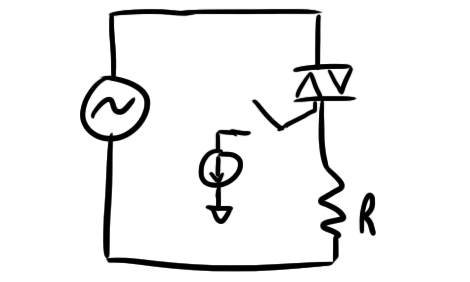
[Ch00f] finally made a breakthrough with his efforts dimming EL wire. He’s been at it for months and the last we heard his TRIAC idea had sputtered out. Not to be discouraged and with an determination we have to admire he has been hard at work reverse engineering others’ and developing his own methods. He put all of this knowledge to task helping a friend of his with a sleeping disorder, and made a dream-catcher that pulses at the approximate rate of an average person’s breathing (as determined by Apple for their pulsing power button lights).
Essentially the whole thing boils down to simply using a transistor to limit the current to the oscillator. A 555 timer is used to pass a triangle wave to the current limiting transistor at approximately the same rate as the Apple button (1/5 Hz). [Ch00f] notes that this isn’t the sinusoidal wave that apple uses, but it’s good enough. Finally a timeout power off is built in to the night light using a decade counter to monitor the number of triangles from the 555. This should keep the EL wire from wearing down faster, though we are hard pressed to think of a project we used EL on that has lasted anywhere near the 7 year service life of the wire.
Check out [Ch00f]’s page as he walks us through the process, or just watch his circuit in action after the jump!
Continue reading “How TO Dim EL Wire: Current Limiting The Oscillator!”












